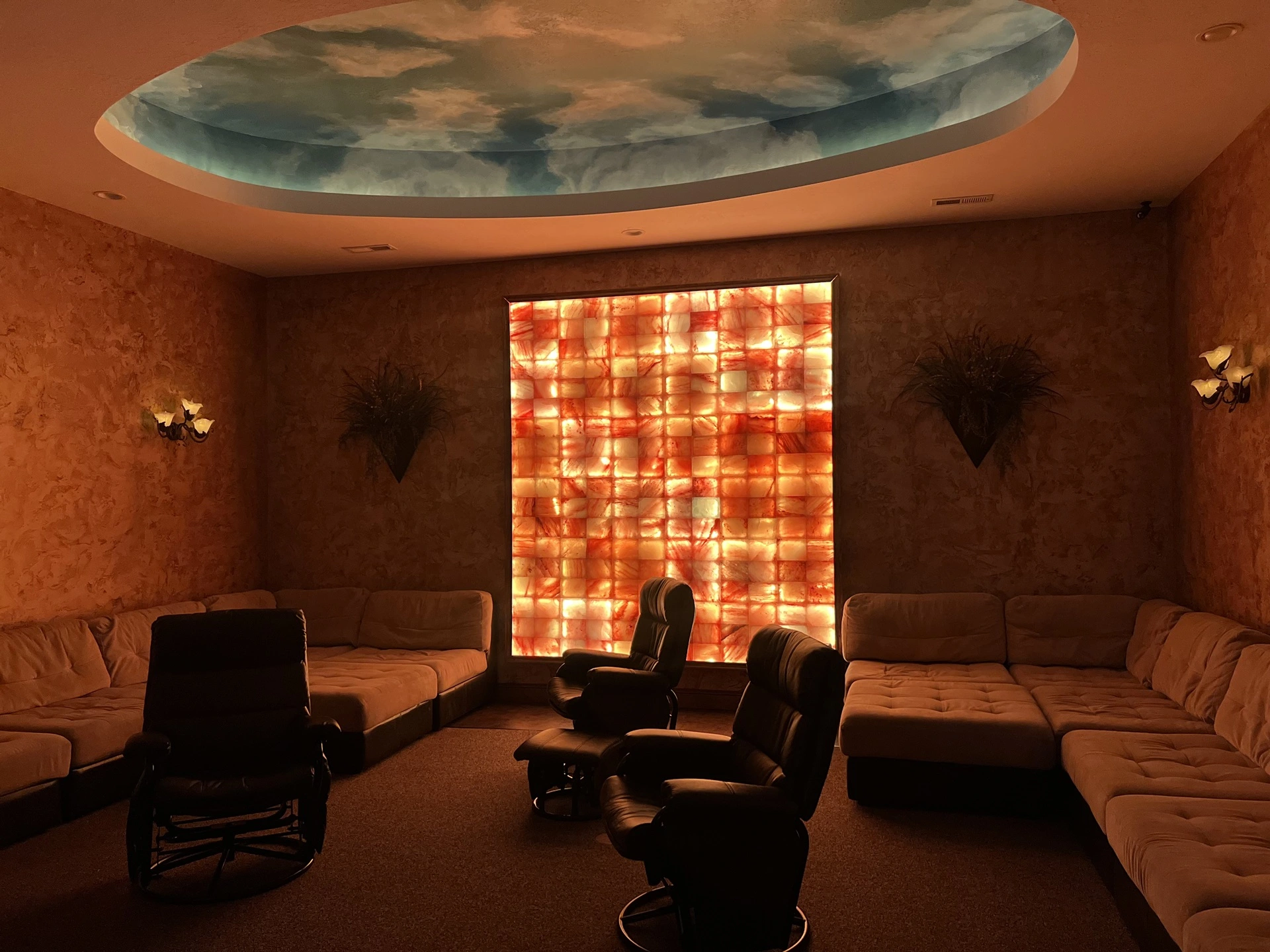Custom 404
OOPS! THAT PAGE CAN’T BE FOUND.
It looks like nothing was found at this location. Try using the search box below:

It looks like nothing was found at this location. Try using the search box below:

Mon – Fri : 9am-9pm
Sat : 10am-6pm
Sun : Closed